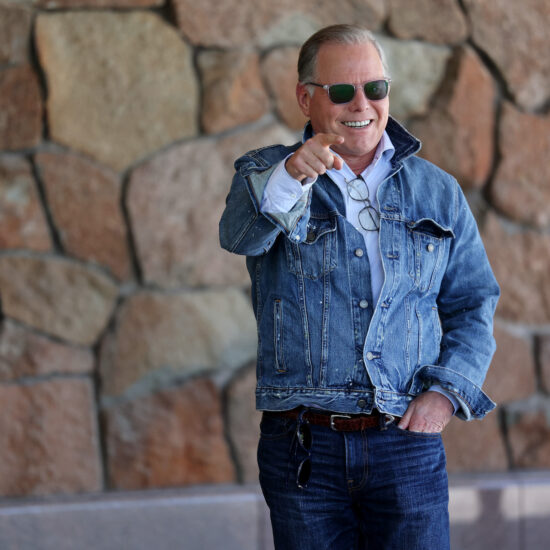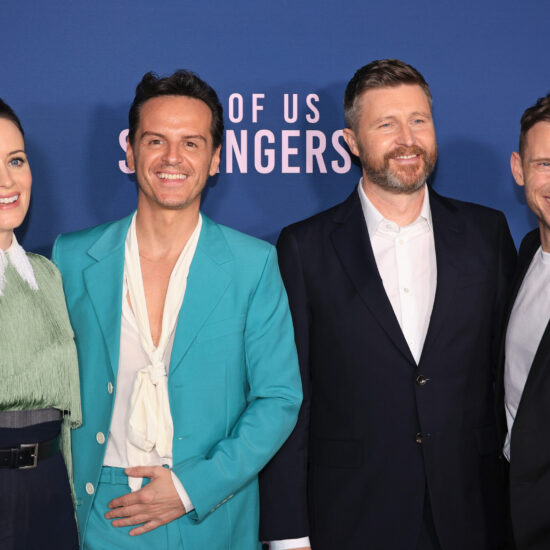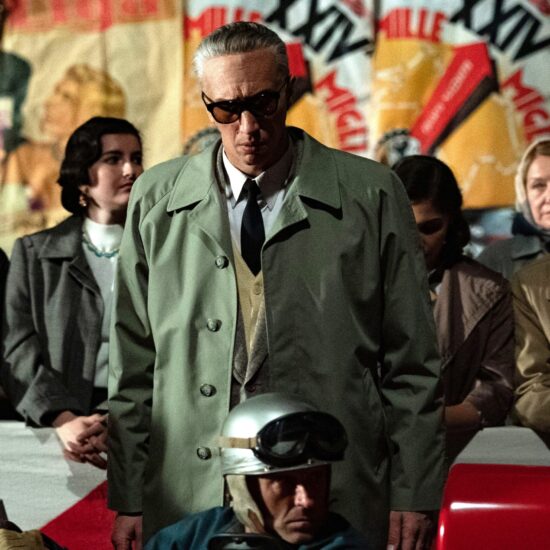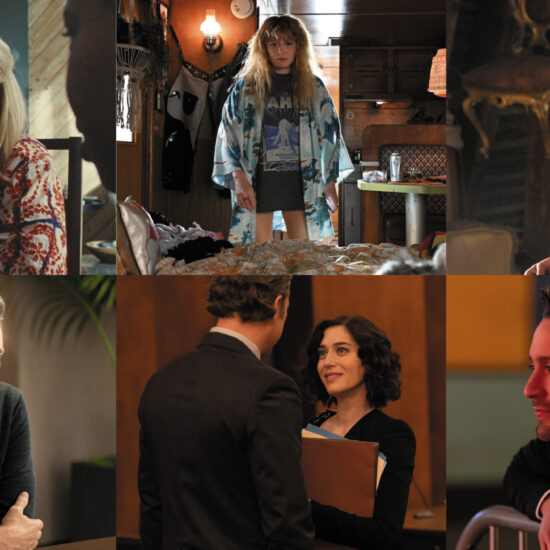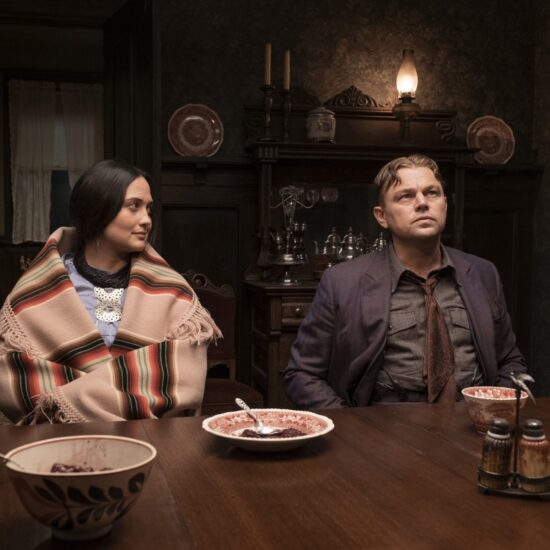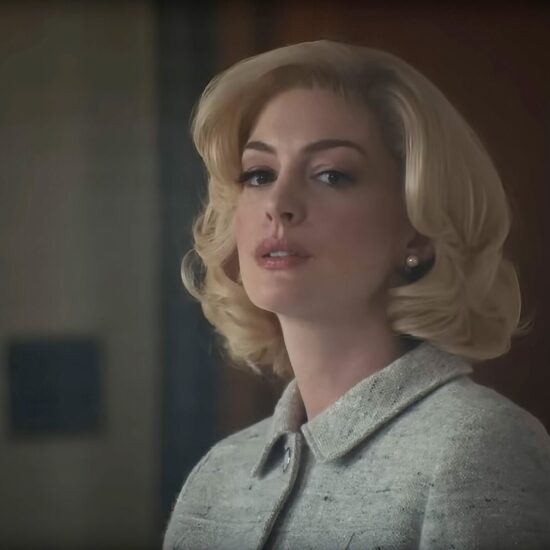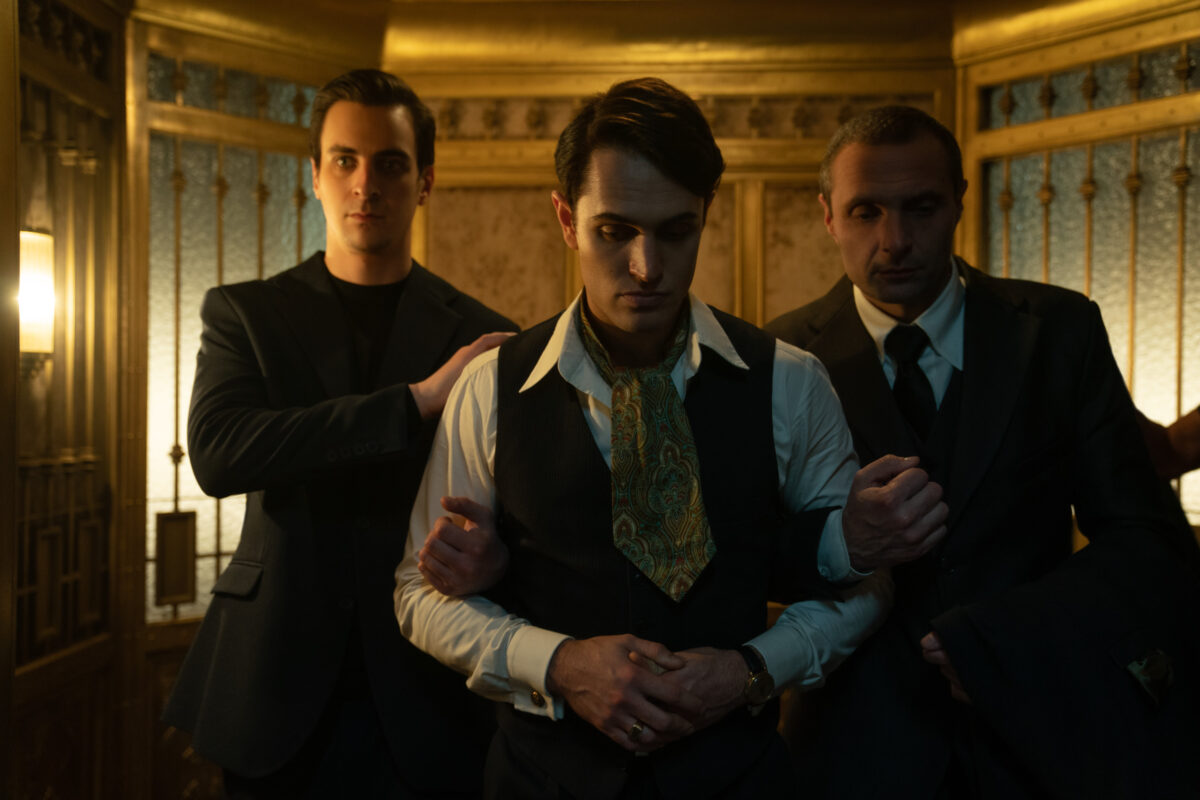
In 1995, brothers Albert and Allen Hughes followed their electrifying directorial debut “Menace II Society” with “Dead Presidents,” an ambitious crime film set in 1970s New York filled with specific political references to illustrate the shameful treatment of Black veterans returning to the U.S. after the Vietnam War. Albert returns to that era as the director of the first and final episodes of Peacock’s “The Continental: From the World of John Wick,” a three-part prequel to the “John Wick” universe set in the titular hotel during the 1970s in New York City. The episodes exhibit Hughes’ usual strengths, from a balletic interaction between blocking, music, and camera movement to a bold, expressive color palette, but “The Continental” is a vastly different take on ’70s NYC than what Hughes learned on “Dead Presidents” — and that’s just the way Hughes likes it.
“The wonderful thing about the ‘John Wick’ films is that they don’t want anything having to do with race, or politics, or religion coming in — nothing that will stress you out about what’s going on outside the theater,” Hughes told IndieWire. “I love that about it, and that’s why I had the time of my life.” Although Hughes initially considered including specific cultural moments, like Ed Koch’s term as mayor or the Summer of Sam, he quickly realized such concrete reference points from the real world were an intrusion. “This was never meant to be a literal New York; it’s an impressionistic take on New York at the time.”
To create that impression, Hughes invented a style he called “disco noir,” in which he combined the lighting of film noir with the feeling of liberation he associated with disco to generate moody but lively images packed with color and movement. “I’ve always loved disco, and I started researching why it was killed off in the late ’70s,” Hughes said. “It was very nefarious and had to do with queer culture, Black culture, and Latin culture.” When asked to define what disco means and how it informed the imagery of “The Continental,” the director said, “Freedom, expression, exuberance, a wild night out… colors come to mind, flamboyance comes to mind. So you put those two words, disco and noir, together, and for me, it was an entry into unlocking the visuals.”

Unsurprisingly, music plays a huge role in providing a sense of period in “The Continental,” and it’s an eclectic mix that leans heavily on classic rock — another point of comparison and contrast with “Dead Presidents.” Hughes, who is biracial, says that the music of “Dead Presidents” belonged to his Black father, but with “The Continental” he was able to honor the influence of his white mother. “In the previous films I did with my brother, it was about the Black culture we know and love, and that was fantastic,” Hughes said. “Here, I’m excited about exploring my mother’s music that I heard in the house: rock and punk and Pink Floyd, my favorite band.”
The 46 needle drops featured in the series are one way in which “The Continental” differentiates itself from the techno-scored, contemporary “John Wick” films, though in one key way, Hughes did not want to stray too far from the movies. “[‘Continental’ action director] Larnell Stovall comes from 87eleven and the Chad Stahelski world,” Hughes said, referring to the stunt team and director behind all of the theatrical “John Wick” stories. “His whole team knows inherently what’s in the DNA of these movies.” Crafting intricately choreographed action sequences in which the methods of fighting are specific to each character — and say something about those characters — was one of the pleasures of collaborating with Stovall and showrunner Kirk Ward.
“My brother and I didn’t have that type of help,” Hughes said. “We were in over our heads and we still have scars from that. Those old-school stunt guys would never show you anything — they’d put some G.I. Joes on a table and that was about it. This new school comes in with ‘stunt viz,’ where they record it with a camera and show you what it looks like, and you make adjustments. You give them an environment, and they start to use the environment as part of the character. Larnell was the first person to say to me and Kirk that if a character had a dojo, they would have a certain kind of style; someone else who’s from Vietnam and doesn’t have martial arts training would fight in a different way. We were like, ‘Oh my God, this is what happens when you make movies and hire a professional and you can sleep at night.’”
After 30 years of directing movies, Hughes remains as passionate and inspired as ever, though he applies his influences in a slightly different way than when he was making “Menace II Society” and “Dead Presidents” and paying conscious tributes to specific films. “What I’ve noticed as I’ve gotten older is that I draw from things, but I don’t always know where they’re coming from,” Hughes said. “A week later I’ll see an old movie and go, ‘Oh, that’s where I got that from.’ And it could be a comedy. The filter in me is not snobbish. I can be influenced by a cartoon or a dog food commercial, or, I hate to say it, even a silly TikTok video. They can be textural influences, or color influences, or framing influences, and they’re all coming from different places, put into one.”
All three episodes of “The Continental: From the World of John Wick” are streaming on Peacock.










